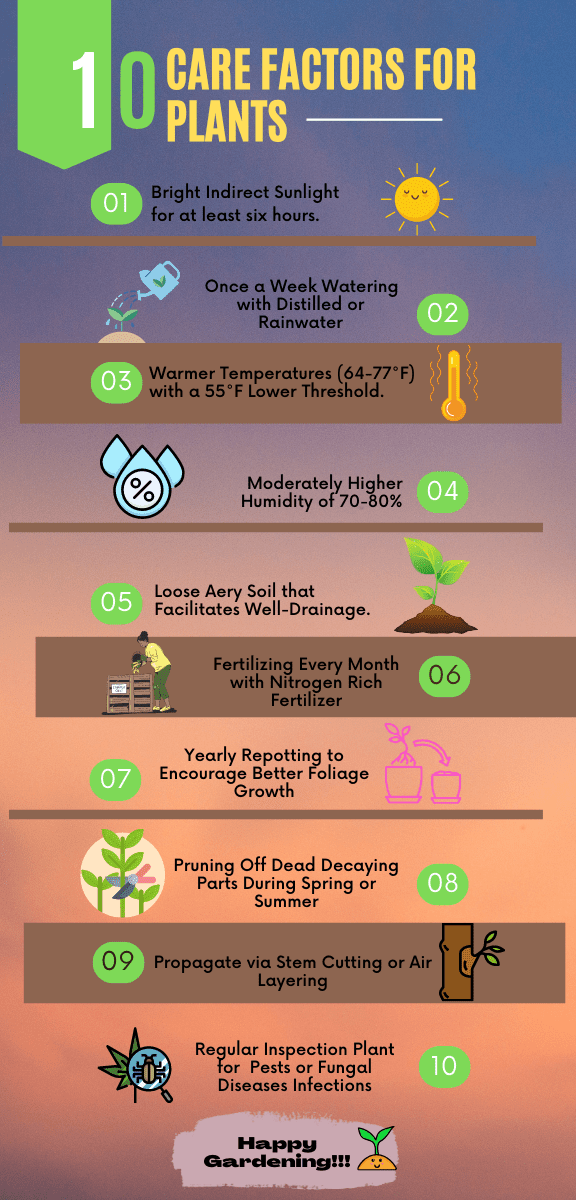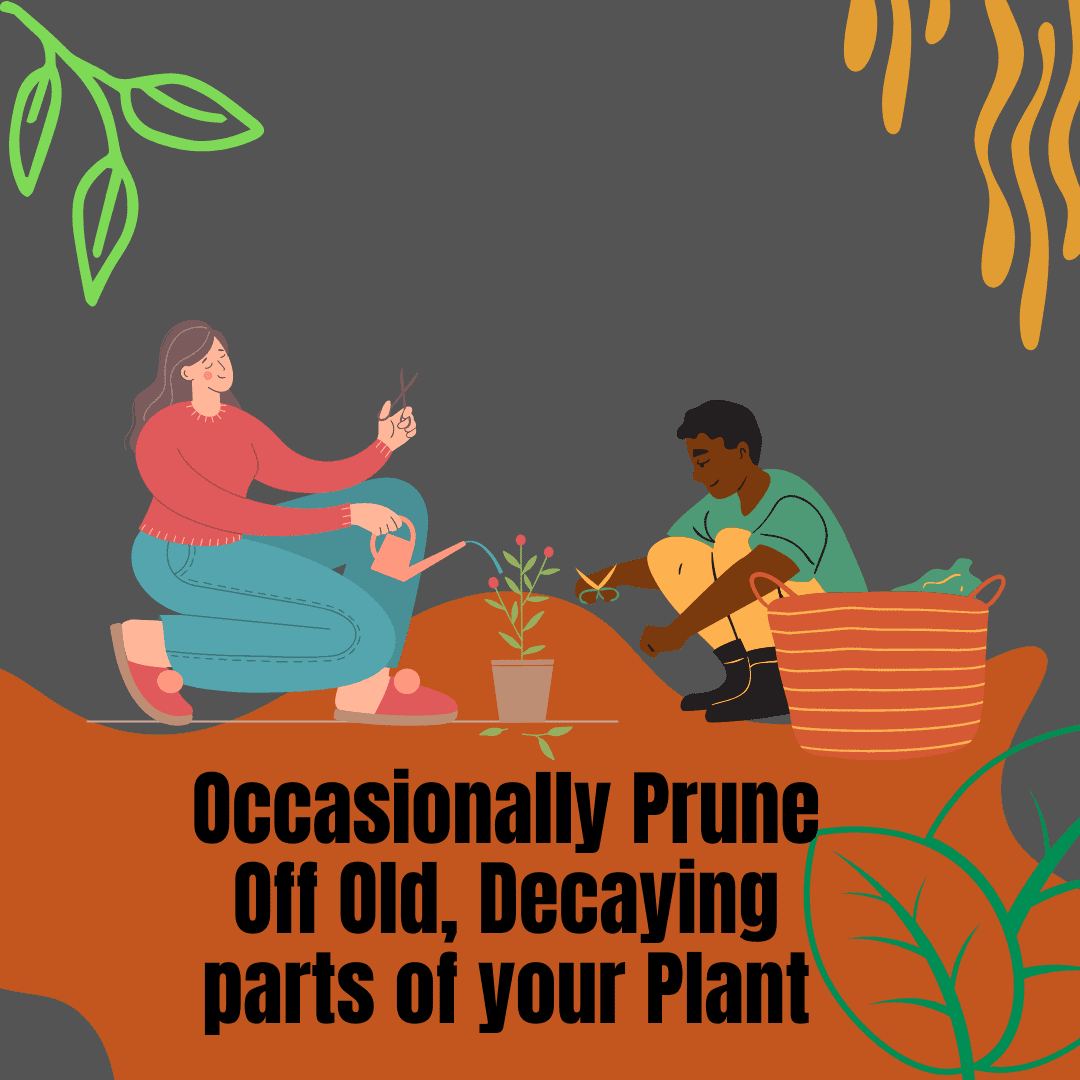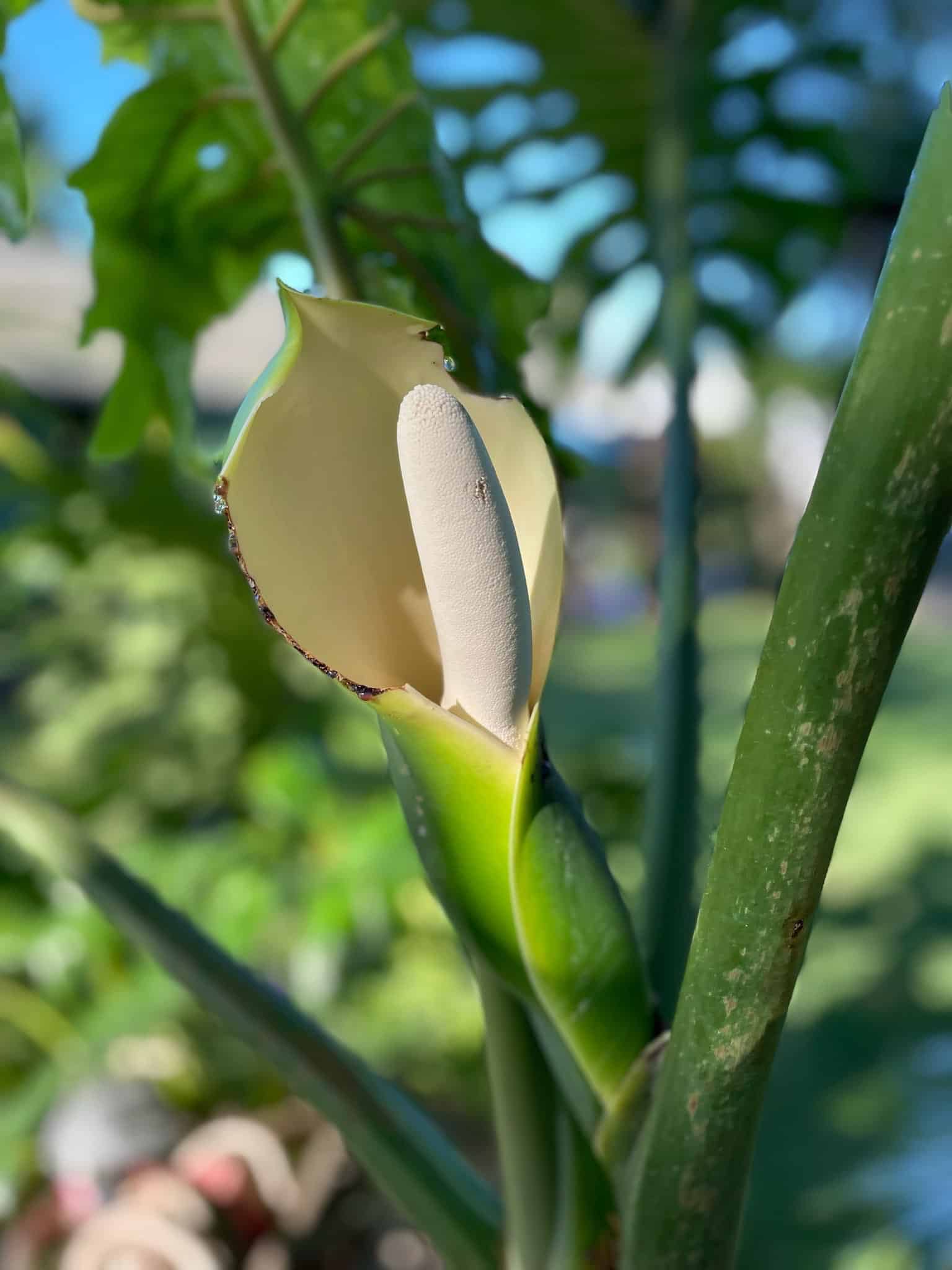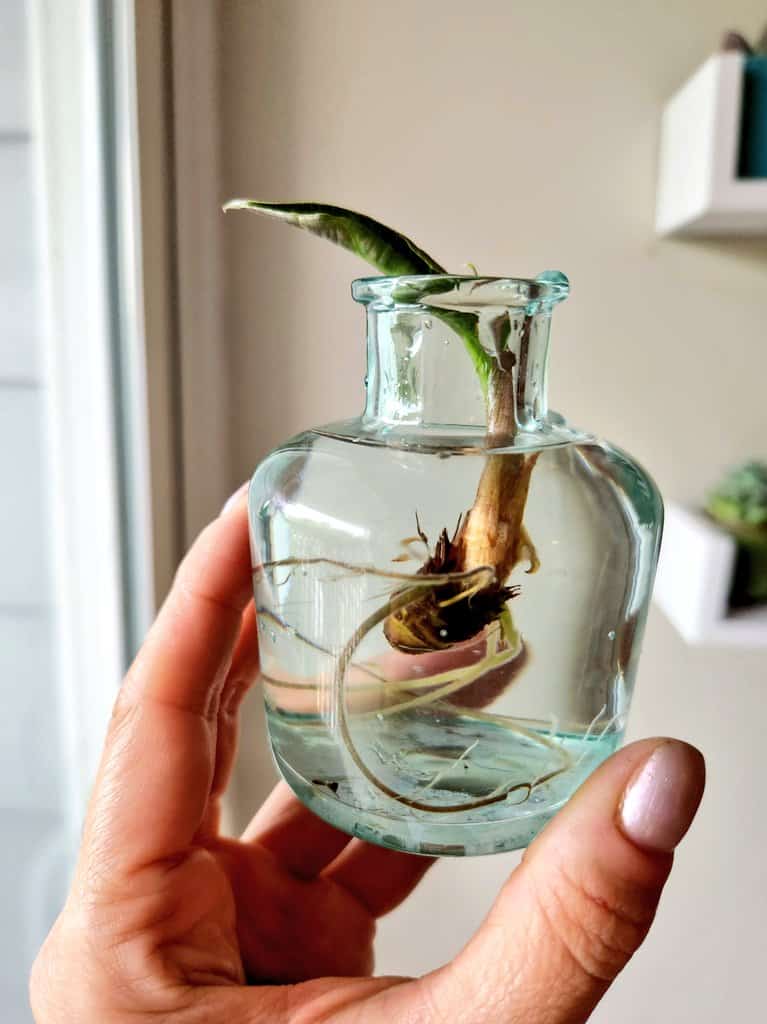The heart-shaped, glossy leaves of Split Leaf Philodendron attain their full potential indoors, even with minimal care routines.
Philodendrons are sensitive to different care factors, so if you want to grow Split Leaf Philodendron successfully, read this article!
Table of Contents Show
Overview of Split Leaf Philodendron
Split Leaf Philodendron (Philodendron bipinnatifidum) is an evergreen tropical plant of the Araceae family.
Did you know Austrian botanist Heinrich Wilhelm Schott had named Philodendron bipinnatifidum in 1837?
It is commonly available and is often mistaken for Monstera Deliciosa due to its close resemblance.
| Indicator | Identity |
|---|---|
| Scientific Name | Philodendron selloum Presently known as Thaumatophyllum bipinnatifidum |
| Common Name | Split leaf philodendron, lacy leaf philodendron, |
| Native Area | Brazil, Bolivia, Argentina and Paraguay |
| Family | Araceae |
| Growth Zone | Zones 8-11 |
| Plant Type | Perennial |
| Growth Size | Approx. 6 feet |
| Growth Speed | Slow growth rate |
| Grown For | Exotic split leaf that look like fenestrated leaves |
| Growth Type | Upright evergreen |
| Container | Plastic or terracotta pots |
| Flowering | The flower has white or yellowish spadix under spathe. |
| Flowering season | May to July |
| Availability | Pretty common |
| Toxicity | Toxic to pets and humans |
| Common Pests | Aphids, mealybugs, scales and spider mites |
Split Leaf Philodendron Care in Detail
Split Leaf Philodendron thrives best in a tropical habitat which can be different from the care requirements of other Philodendrons.

If you have gone astray with this, look for a complete guide!
1. Light & Temperature
Split Leaf Philodendron grows fine with six hours of filtered sunlight daily at 64-77°F temperature.
Low light and cold conditions (<55°F) introduce stunted growth resulting in sparse foliage density alongside yellowing leaves.
Contrarily, sunburnt Split Leaf Philodendrons have curled, pale or bleached, crispy leaves.
So, to avoid such mishaps, install incandescent lamps that give lights and heat per plant needs.
Moreover, take your Split Leaf indoors in winter if you are not within 8 to 11 USDA zones. Otherwise, opt for frost blankets and heat pads.
2. Watering & Humidity
You need not water Split Leaf Philodendron, kept at 70-80% humidity, no more than one-third of the gross soil volume.
Moisture-deprived Split Leaf Philodendron tends to have wilting, drooping and shriveled leaves.
Thus, regularly mist and water your Split Philodendron once the topsoil layer feels dry.

But do not let them be in soggy soil as it introduces various fungal diseases with browning foliage and lower stem decay.
Aim for a moisture meter or bottom watering with pebbles beneath the pot to keep your plant hydrated.
3. Soil & Fertilizer
The Philodendron selloum does not have delicate soil needs but has monthly fertilization to sustain its beautiful foliage.
Remind yourself to cut out fertilization in winter as dormancy hits Philodendrons hard.
Generally, overfertilization brings issues like chemical root burn, curling leaf tips, brown spots and salt build-ups.
On the contrary, stunted growth, frail stems and yellow leaves are often the results of a lack of fertilization.
You can prepare the potting mix for your Split Leaf by mixing equal parts of compost, perlite or gravel, and orchid bark, then top it with worm casting.
Otherwise, rely on commercial soil mixes like Philodendron Soil, Natural Orchid Mix and Miracle-Gro.
4. Potting & Repotting
Split Leaf Philodendron does not like staying root-bound and demands free space for optimal root growth.
Split Leaf Philodendron repotting is urgent if you notice roots lurking from drain holes with stunted plant growth and yellowing, drooping leaves.
Meanwhile, thoroughly water your plant for a couple hours before repotting to reduce stress.
While at it, you can check for potential root rots or fungal infections and prune off the sick roots using sterilized scissors.
5. Yearly Pruning
Adult Split Leaf Philodendron plant can get huge with its gigantic split leaves under ideal care.
Similarly, you must prune off parts that host pests like aphids, spider mites, mealybugs and scales.
Moreover, treating diseases like bacterial blight, leaf spot and fungal infection includes proper pruning followed by applying fungicides and neem oil.
To prevent such issues, aim for proper watering and humidity for Split Leaf as they majorly contribute to pests and fungal infections.

You shall remove yellowing leaves at the lower half of the stem as Philodendron bipinnatifidum sheds its bottom leaves while growing.
Philodendron bipinnatifidum actually sheds its bottom leaves, leaving prominent eye-shaped scars on the stem, adding an aesthetic look to its trunk.
Split Leaf Philodendron: All About the Growth Rate
All thanks to its fast-growing nature and monstrous size with glossy split evergreen leaves, Split Leaf Philodendron has ever-rising fame.

Furthermore, the leaves alone can get more than 3 feet in length. But in its natural habitat, Split Leaf Philodendron can achieve a staggering height of 10 to 15 feet.
Thus, you shall try your best to mimic tropical climates to encourage them to reach max potential.
When Philodendron bipinnatifidum blossoms, flowers are typically made up of spathe and spadix.

The Philodendron flowers can get almost one foot in length with purple, red, or white colored spathe and greenish-yellow spadix.
Interestingly, Philodendrons go through floral thermogenesis for pollination, i.e., producing heat to attract pollinators.
By any chance, if your Philodendron selloum blooms indoors, well! First, you are the best plant parent.
Second, you can help the plant with hand pollination if you seek to get acquainted with its fruits.
After the successful pollination, Split Leaf Philodendron produces orange berry-like fruit.
Toxicity of Split Leaf Philodendron
Although Philodendron bipinnatifidum is now under the Thaumatophyllum genus, it still shares the same toxic profile with other Philodendrons.
Hence, you need to be very careful about the place to keep this plant indoors.

Upon accidental ingestion of plant parts, pets may exhibit the symptoms within a few minutes or hours.
Generally, nausea, vomiting, oral discomfort and frequent pawing are the symptoms that appear in pets due to Philodendron poisoning.
These specified symptoms may vary depending upon the amount of Philodendron part ingestion.
You may notice continuous drooling, dilated pupils, and cardiac issues in such situations.
Nevertheless, contact the ASPCA Poison center immediately for further assistance at (800) 426-4435 for pets and at (800) 222-1222 for poisoning in humans.
Propagation Methods for Split Leaf Philodendron
Split Leaf Philodendron has attractive big-lobed leaves that facilitate air detoxification as a bonus.

Meanwhile, Split Leaf Philodendron can also be propagated via Philodendron seeds but requires intensive care and patience.
So, before we take off, get pruning shear, rooting hormone, and fresh Philodendron mix. Let us start with stem propagation, shall we?
1. Stem Cutting
Each stem cutting will provide you with a new healthy plant. Thus, look for the best-looking stem with multiple leaf nodules and a few leaves attached.
- Cut the 3-6″ stem below a leaf node at a 45° angle.
- Remove the leaves on the cutting leaving behind 2 or 3 leaves at the top.
- Wait for a day, so the callus is formed before rooting them.
- Dip the cut ends in a jar filled with water and rooting hormone.

- Ensure the leaves are not immersed in the water.
- Keep the cutting in a bright, warm place with moderate humidity.
- Replace the water every three days to provide fresh water.
- Within a week, new root sprouts will be visible.
- Transplant the cuttings once new roots exceed one inch in length.
On the other hand, you can root your Split Leaf Philodendron directly in potting soil.
All you have to do is dip the stem into the rooting hormone and plant them in the fresh soil mix.
For optimal rooting, maintain the temperature at 70°F and water them so the soil stays moist.
Within one or two weeks, the cuttings will have new root growth.
Proceed with regular, gentle care and voila! You have another Split Leaf Philodendron to boast about.
2. Propagation via Root Cuttings
This method includes taking out roots from the plant, which you can’t do without harming the plant.

Therefore, I advise cutting the root in late winter or early spring before active growth season kicks in.
Otherwise, this method could be best for plants suffering from root rot.
- Look out for healthy, pencil-thick roots suitable for propagation.
- Cut the root close to the crown and discard other thin or fibrous lateral roots.
- Remove damaged or decayed sections from the roots to avoid potential risks.
- Ensure to cut horizontally at the root’s upper end and an angled cut, i.e., 45°.
- Plant the root cuttings, ensuring the horizontal cut is below the compost mulch.
- Lightly water the planted root cuttings and let them rest in indirect sunlight.
In contrast to stem cuttings, root cuttings require about four months for fresh sprouts. Furthermore, it varies depending on the time you propagate.
So, new growths in root cuttings propagated in winter may sprout only after spring rises.
Split Leaf Philodendron for Sale
Unlike Pink Princess Philodendron, Philodendron selloum is commonly available. Here are some online stores where you can buy Split Leaf Philodendron.
| Site | Shipping Details |
|---|---|
| Amazon | Ships within 2 days |
| Etsy | Takes 3-7 days to ship |
| Magic Valley Gardens | Within 1-3 days |
| Gabriella Plants | Within a week |
| Virginia Beach Florist | Ships within 2-7 Days |
Split Leaf Philodendron Vs. Monstera Care
Due to the very close resemblance between Philodendron selloum and Monstera, they are considered the same by online vendors.
Often this misconception leads sellers to keep these plants under a single name.

So, without further ado, let us get acquainted with the similarities and differences between Monstera and Philodendron selloum.
| Split Leaf Philodendron | Monstera Deliciosa | |
|---|---|---|
| Similarities | 1. Belongs to the Araceae plant family. 2. Spadix and spathe make up the flower. 3. Epiphyte growth habit 4. Toxic to pets due to calcium oxalate crystals. | 1. Belongs to the Araceae plant family. 2. Spear-like spadix with hoody-like spathe as a flower. 3. Epiphyte growth habit 4. Toxic to pets due to insoluble calcium oxalate crystals. |
| Differences | 1. The leaves are large but are smaller compared to Monstera deliciosa. 2. The leaves split apart instead of fenestration and it won't increase with age. 3. The leaves are leathery and have disheveled look. 4. Has upright growing habit. 5. Grows moderately faster than Monstera deliciosa. | 1. Monstrous large leaves that grow more than 3 feet in length. 2. Fenestrated leaves keep increasing with age, making them holier. 3. Smooth leaves with a flat shiny greenish finish. 4. Has a climbing growth habit. 5. Do not grow as fast as Philodendrons. |
Moreover, the fruit of Monstera deliciosa is edible and popular for its taste, whereas the Philodendron selloum fruit is not.
Besides the dissimilar foliage and growth habits, they also have distinct care needs.
Monstera prefers dry soil between weekly watering, humidity level of 60%, and fertilization once every few weeks during active growth.
FAQs About Split Leaf Philodendron care
How often do you water a Split Leaf Philodendron?
Generally, water your Split Leaf Philodendron once a week in spring and summer. But cut back watering up to once in 15-20 days in winter.
Can a Split Leaf Philodendron take full sun?
No! They can not take full sun as direct sunlight can burn their large, split green foliage.
How big will a Split Leaf Philodendron get?
Split Leaf Philodendron attains a monstrous size of 10 to 15 feet in their natural habitat. But indoors, they grow up to 6 feet tall.
Wrapping Up…
Split Leaf Philodendron is an exotic tropical plant with minimal care needs despite its beast look.
Remember, timely repotting of Split Leaf Philodendron is a way to keep them healthy and encourage bigger foliage growth.
All The Best!


